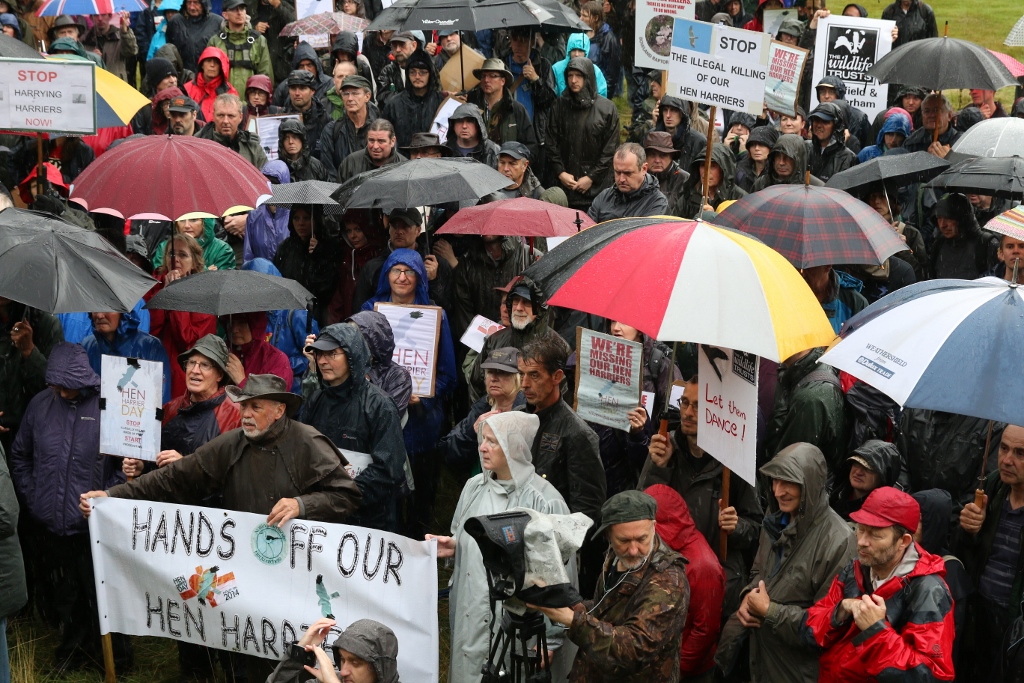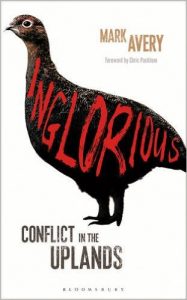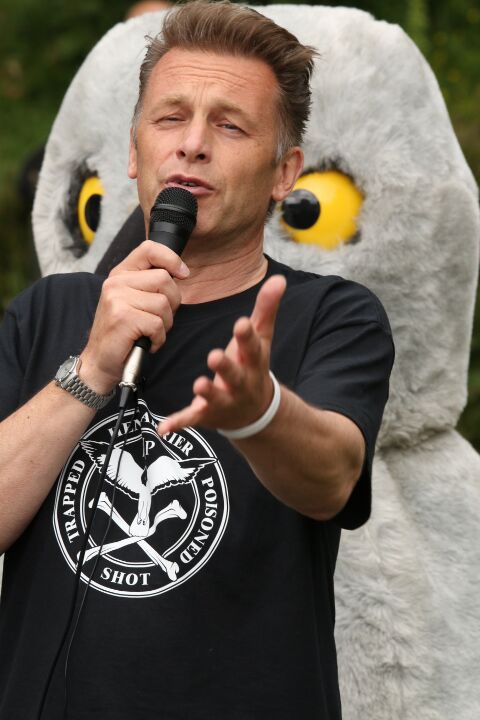
What happens in the Peak District National Park is vital to the future of driven grouse shooting, to the future of our upland National Parks, and, indeed, to the future of the UK uplands.
That’s quite a claim, so let me back it up.
The pernicious impact of driven grouse shooting is now pretty well established amongst tens of thousands of people, and that number is growing, as evidenced by the growing support of an e-petition to ban driven grouse shooting (which looks like it might meet the total achieved in six months last time in a mere six weeks this time). The message is getting to decision-makers, although not to current Defra ministers, and we must make sure that message sticks and gets into more and more heads. We will!
 The ultimate solution can only be to end driven grouse shooting – for one cannot have low intensity driven grouse shooting, and in any case, the grouse industry won’t contemplate it. This can be achieved through a legislative ban on some crucial aspect of the whole driven grouse shooting set-up but it can also, and in parallel, be hastened by regional progress on the ground. Nowhere is more fertile ground for that regional progress than the Peak District National Park (which is why, dear reader, I wrote Chapter 6 of Inglorious – you should read it, or re-read it, perhaps).
The ultimate solution can only be to end driven grouse shooting – for one cannot have low intensity driven grouse shooting, and in any case, the grouse industry won’t contemplate it. This can be achieved through a legislative ban on some crucial aspect of the whole driven grouse shooting set-up but it can also, and in parallel, be hastened by regional progress on the ground. Nowhere is more fertile ground for that regional progress than the Peak District National Park (which is why, dear reader, I wrote Chapter 6 of Inglorious – you should read it, or re-read it, perhaps).
Driven grouse shooting has less of a grip on the Peak District than it has further north – and the National Trust owns much of the area currently used for grouse shooting. This area of the Dark Peak has a horrific history of raptor persecution – much of it on National Trust land. Because of this criminality on its land, and because it is quite well versed in the ecosystem services arguments, the National Trust is moving, of its own volition, but very slowly, to end driven grouse shooting on its land in the Peak District. Because the NT depends on its members and the public for its existence, and because driven grouse shooting is not the least bit vital to the NT’s achievement of its charitable objects then any battle of wills between grouse shooters and the NT membership and the public can have only one outcome – the cessation of driven grouse shooting on NT land in the Peak District. Let it be soon.
It surely cannot be long before somebody says in a NT internal meeting ‘Why are we bothering with driven grouse shooting at all? We don’t need it. We don’t want it. We certainly don’t want to be put in the position of defending its existence on our land at AGMs, in the press and broadcast media, and why would we want to lose a single membership on this issue?’. Maybe those things are already being said, and maybe soon they will be heard.
And events of this week show that this subject won’t go away. Another thing that makes the Peak District important is that it has so many visitors – it is more difficult for people to guard their model Hen Harriers in the heather here than in any other English National Park, and it’s more difficult for wildlife crime to go undetected too.
As well as the National Trust being a basically sympathetic organisation (although it could do far better in showing it) the Peak District, right now, has a strong bunch of raptor workers and a more robust than average Wildlife Trust in the shape of the Derbyshire Wildlife Trust (which could seize the initiative and be seen to be leading the debate if they chose). It is also surrounded by urban areas where the people like getting access to the hills and feel that they are their hills, in their National Park, on their doorstep. And remember, the Kinder Scout trespass happened here, and kicked off the return of the hills to the people – now we are still waiting for the wildlife of the hills to be returned with them. Don’t forget that the Peak District has been the scene of two very strong Hen Harrier Day rallies -and no doubt will be the scene of another on 7 August.
Imagine what would happen if we had a National Park without driven grouse shooting. We would see a change in land cover and wildlife and none of it would be unwelcome. Hen Harriers would come back in force and Peregrines would be seen with regularity (a bit like they are in central London). This would provide a clear case study of what things can be like without burning and shooting – and nothing bad would happen. After a while, all the scare stories about how dire things would be, how the conifers would be planted, how the wind turbines would take over, how the birds would disappear, would be seen, with our own eyes, to be untrue. And then people would start to say ‘The Yorkshire Dales could be like this too’ and ‘We’d like some of this in the North Yorks Moors too’. And that’s why the grouse shooters will fight so hard, and so dirty, to keep the Peak District shot and burned and drained – because when it stops we will all see a better upland future, with more tourism, more wildlife and more of what National Parks are supposed to be, and then the men in tweed are completely stuffed.
[registration_form]
"one cannot have low intensity driven grouse shooting"is this actually true? If I am in an area where there are not that many grouse would it be impossible to drive one towards a gun?
Moreover given this law why could the Grouse Shooting industry just invent another means of shooting grouse that gets round it. Just like hunts invented trail hunting which LACS now want to ban while still denying its existence.
Laws change the way people behave but not always in the way that legislators intended. Banning people from doing A in the hope that it will stop them doing B does not always work. Sometimes they just do C and B instead. The best way to stop them doing B is to ban them from doing B.
If the issue is intensive land management in the uplands then why not look at regulations over such management whether it is for grouse, deer, sheep forestry, tourism wind farms or any other reason?
apologies for posting the same (or very similar) comment on 2 blogs today but:-
If the ‘sportings’ are leased out by the NT then it’s likely an expensive business extracting themselves from possibly 25 year leases. On the other hand, if they could say that it was their intention to do so, and to cease driven grouse management on their land, well, they may just get a successful appeal for funds going.
Maintaining pressure on the NT is essential but perhaps the above may be a mechanism by which we can achieve our aims sooner rather than later?
I am a NT member and will willingly sign any resolution at the NT AGM to end grouse shooting on NT land.
I’m currently in correspondence with Jon Stewart, General Manager, National Trust (Peak District). Out of politeness i’ve asked Jon’s for his consent before publishing it (and, if it gets any more interesting, you are welcome to it Mark; at the moment it’s pretty stock stuff but the fact I’ve had three different replies so far is, at least mildly, interesting). However the gist is that no grouse shoot on National Trust land will go without challenge and, should there be enough support, protests at shoots will be coordinated with protests at every NT office and building within the National Park.
PS. Nice to join the 100 Club today! Come on Hallam, just 2 to go to join us.
Anyone wanting to attend Hen Harrier Day in the Peak District should keep an eye on the BAWC Website
http://henharrierday.org/2016-events.html
or follow
Peak_HHday on Twitter
Stewart – or both!
Yes Mark, some people are very keen!